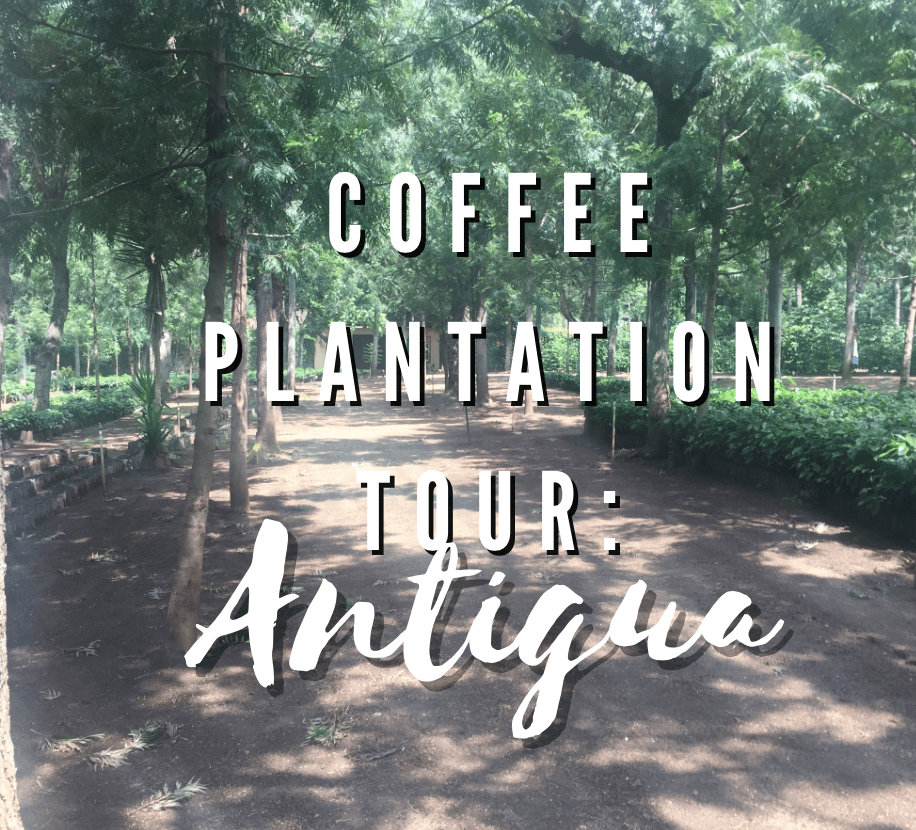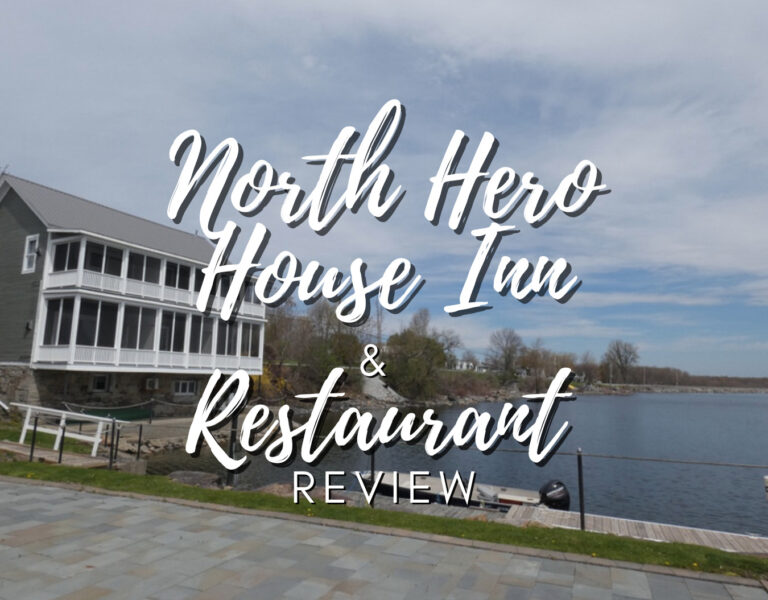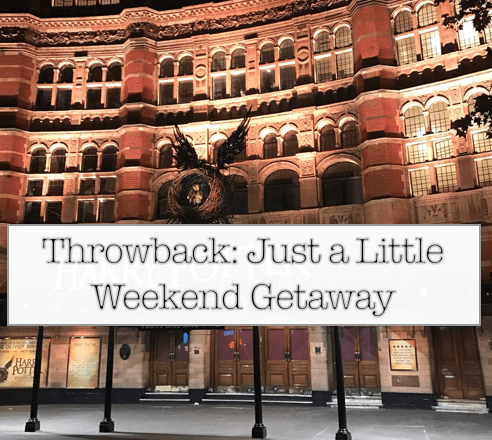Coffee Plantation Tour in Antigua
A couple of years ago I was lucky enough to find myself on a 30 day Incan Empires cruise – from San Diego down to Lima, Peru, and back up. One of our ports on the way back to San Diego was Puerto Quetzal, Guatemala. Guatemala is home to some incredible coffee and while there I was able to go on a coffee plantation tour in Antigua.
Puerto Quetzal is not far from the more famous Antigua, Guatemala known for beautiful churches and culture.
While I was only in town for a day, if you have more time in Guatemala take a look at this in-depth two week Guatemala itinerary.
Tour Time!

While in Puerto Quetzal I opted to go on a tour to a coffee plantation. The irony in this is that I don’t drink coffee. I never started drinking coffee because of my hazelnut allergy and a lack of packaging what goes into the “blends” of coffees. I try to use tours as an opportunity to see expand past my normal interests. A coffee plantation seemed like the perfect chance to expand my horizons and see a bit of the beautiful country of Guatemala. So, I grabbed my hat and off I went!
The coffee plantation we went to is for R. Dalton coffee and the Finca Filadelfia Coffee Resort & Tour in La Antigua Guatemala. It is about an hour and a half drive from the port to Antigua and the coffee plantation. It’s a beautiful drive, though while the road is paved, it’s still a very bumpy ride.
It was a beautiful and educational tour. Our guide brought us into the nursery where the younger coffee plants are growing and talked about the care for the plants, harvesting, proper shading, and ensuring sustainable growth and habitats for the native birds and wildlife. It takes between three and four years for a coffee plant to bear fruit. Now, why did I say fruit, and not bean? Well, it’s because the beans are actually in a “coffee cherry” which then has beans inside of it! Who knew that coffee beans were slimy! The plants are typically harvested once a year.
Want to see other places cruises have taken me? Check out this post: A-Z Around the World by Cruise Ship
Processing and Roasting
As part of our coffee plantation tour we were taken on a tour of the processing and roasting facilities. Before entering the processing facility we all had to put hair nets on. It’s also worth noting that to go in there were a few steps. Prior to this point the tour was fairly accessible – some cobblestones to walk over and the bumps of ground going into the nursery. I’ve pictured them below (as well as my awesome hair net) for your reference.
Here they use both the “wet” and “dry” method to process the beans. Here is the technical difference between the two methods as described on the R. Dalton website:
The Drying Process
“WET PROCESS: It starts by removing the pulp from the coffee bean by mechanical means followed by fermentation in fermentation tanks and followed by washing the coffee beans once the mucilage is easily removed doing the washing process. During the washing process a selection is performed and the first class coffee is separated from seconds and clutters. The process is finished by drying the coffee in a drying field covered with clay floors.
Occasionally the humidity of the wash coffee is reduced by mechanical means (Guardiola Rotary Dryers) not allowing the temperature to go above 50 degree and the final drying is performed in the clay floors to a humidity of 11%. The dry beans a protected naturally by the parchment while is being stored in warehouses specially designed to prevent humidity and to have sufficient air circulation.
DRY PROCESS: When the coffee is to be exported the dry process begin by taking the parchment of by mechanical means (Hullers) and classified also by various mechanical means. Final classification to ensure that only the perfect coffee beans are exported is accomplished by both electronic color sorting machines and hand sorting.”
For the dry process they use this massive brick patio area to lay out the beans to dry.
We were also taken through where the beans are separated into their various qualities and then roasted.
Coffee Tasting
After the lovely journey learning about coffee we had an equally lovely lunch on their patio area complete with a cup of coffee. As they could assure me 100% that there were no hazelnuts involved, I happily partook in a cup of this coffee and I can assure you it was wonderful.
Naturally, the patio is right next to the gift shop and we were all encouraged to take home as many bags of coffee as we could! I brought two bags home for my mom and she loved them! There were several steps to get up to the patio area and gift shop.
After our tour of the coffee plantation we got to see a bit of Antigua and even had a bit of time at a market to shop for local goods.
I feel so lucky to have been able to go on this eye opening excursion. While it hasn’t turned me into a coffee drinker, it has given me so much respect for the work that goes into processing those beans and makes me understand so much more why really nice coffee can cost so much. There is a lot that goes into it!
Would I Recommend a Coffee Plantation Tour in Antigua?
If you ever have an opportunity to see how coffee is made, I would encourage you to – especially if you’re a coffee drinker! Further, if you ever have the chance to see how any of your food is created – go do it. See where your tomato’s are grown and go hang out with the cows that make the milk for your ice cream and cheese (and yes, those cows should be in Vermont and I am very biased). Lastly, if you find yourself on a ship stopping in Puerto Quetzal, Guatemala, I would highly recommend this tour as you not only get to see and learn how coffee is made, you get a taste of Antigua as well!







Iris, another great posting from you,
Yours today brings to mind a story of mine. Inspired by your photo of the little white worm coming out of the cherry.
About ten years ago I was up the Amazon with a guide and a few others. The guide showed us a Brazil nut tree. Do you know that the nuts actually grow inside a larger shaped nut, bigger than a football?
Well, with a smile he opened it, and instead of the smaller nuts, there were white worms squiggling about. So he popped one in his mouth and offered them to us too. So (naturally) I ate one, chewing, not just swallowing. We were six in all, and I think three of us participated.
I did this partly to make up for the one time I did not eat something, during my nine month trip through Africa and Asia, getting way off the normal paths. I was in Thailand at a silk place. I was offered a big bowl of squiggling silk worms, to take one or more in my mouth, For some reason, I felt squeamish that day and declined. And I have regretted this ever since (almost fifty years ago).
Now you know.
Keep the stories coming (and, you can tell, I am especially partial to ones involving food!), Sandy
>